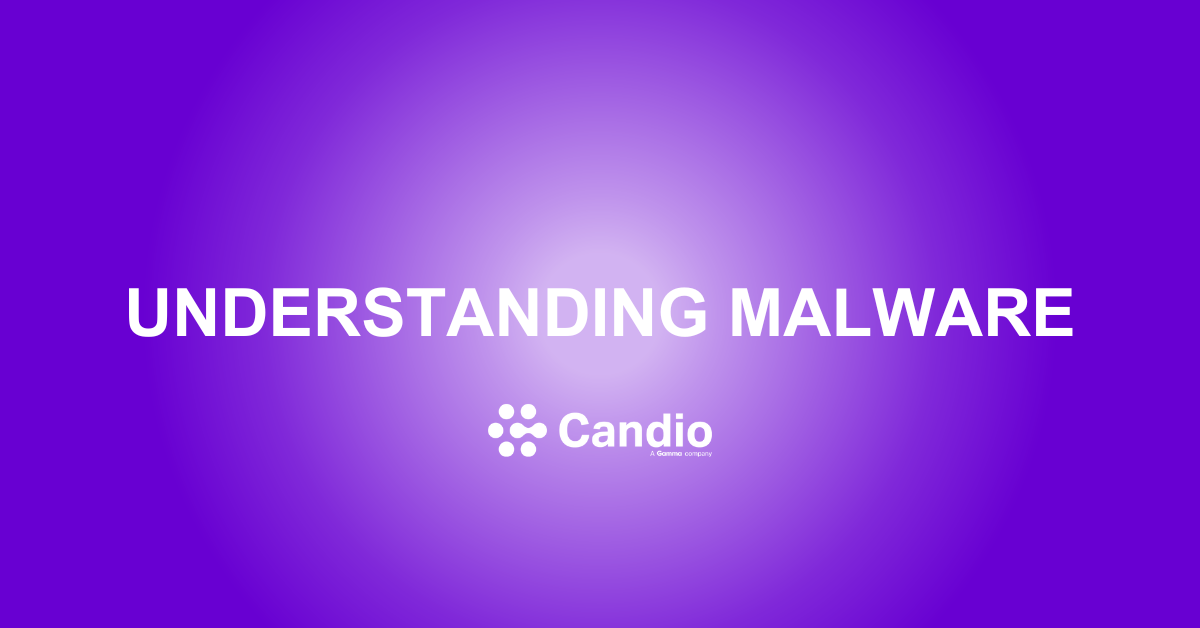In today’s digital age, the term “malware” is one you’ve likely heard before, but what exactly does it mean?
Malware, short for “malicious software,” is a broad category of software designed to harm, exploit, or otherwise compromise the data and devices of its targets.
This blog will explore the types of malware, how it works, and what you can do to protect yourself.
What is Malware?
Malware encompasses a wide range of harmful software programs, including viruses, worms, trojans, ransomware, spyware, adware, and more.
Each type serves a different purpose, but all share a common goal: to infiltrate, damage, or gain unauthorised access to a computer system or network.
Common Types of Malware
- Viruses: Like biological viruses, these attach themselves to legitimate files or programs and spread when those files are shared. Once activated, they can corrupt or delete data, disrupt system functions, and spread to other devices.
- Worms: Worms are standalone programs that replicate themselves to spread across networks without needing a host file. They often exploit vulnerabilities in network security to infect large numbers of computers quickly.
- Trojans: Named after the infamous Trojan Horse, this type of malware disguises itself as legitimate software. Once installed, it can create backdoors for attackers to access your system, steal data, or install more malicious software.
- Ransomware: This particularly dangerous type of malware encrypts the victim’s data and demands a ransom for its release. Ransomware attacks have surged in recent years, targeting individuals, businesses, and even government institutions.
- Spyware: As the name suggests, spyware secretly monitors user activity, often collecting sensitive information like passwords, credit card numbers, or browsing habits. It can also slow down your system or redirect your web searches.
- Adware: While not always harmful, adware bombards users with unwanted advertisements, often leading to a degraded user experience and potential exposure to more dangerous forms of malware.
How Does Malware Spread?
Malware can spread in various ways, often exploiting human error, social engineering, or software vulnerabilities:
- Email Attachments and Links: Phishing emails with malicious attachments or links are a common method for spreading malware.
- Infected Websites: Visiting a compromised website can result in drive-by downloads, where malware is downloaded and installed without the user’s knowledge.
- Software Downloads: Downloading and installing software from untrusted sources can introduce malware to your system, especially if the software is pirated.
- USB Drives: Physical devices like USB drives can carry malware and infect any computer they’re plugged into.
The Impact of Malware
The consequences of a malware infection can be severe, ranging from minor annoyances like pop-up ads to significant financial losses and compromised personal data.
For businesses, malware can result in data breaches, loss of customer trust, and substantial financial penalties.
How to Protect Yourself
- Install Antivirus Software: A robust antivirus programme can detect and remove many types of malware before they cause damage.
- Keep Software Updated: Regularly update your operating system, browsers, and other software to patch vulnerabilities that could be exploited by malware.
- Be Cautious with Emails: Avoid opening attachments or clicking on links from unknown or suspicious sources.
- Use Strong Passwords: Strong, unique passwords for each of your accounts can prevent attackers from gaining access to your systems.
- Backup Your Data: Regular backups ensure that you can recover your files if they are compromised by malware like ransomware.
- Educate Yourself: Stay informed about the latest threats and best practices for cybersecurity. Knowledge is one of the best defences against malware.
Conclusion
Malware is a pervasive threat in our digital world, but by understanding what it is and taking proactive measures to protect yourself, you can significantly reduce the risk of an attack.
Stay vigilant, keep your systems secure, and always be cautious online. Your digital safety depends on it.
